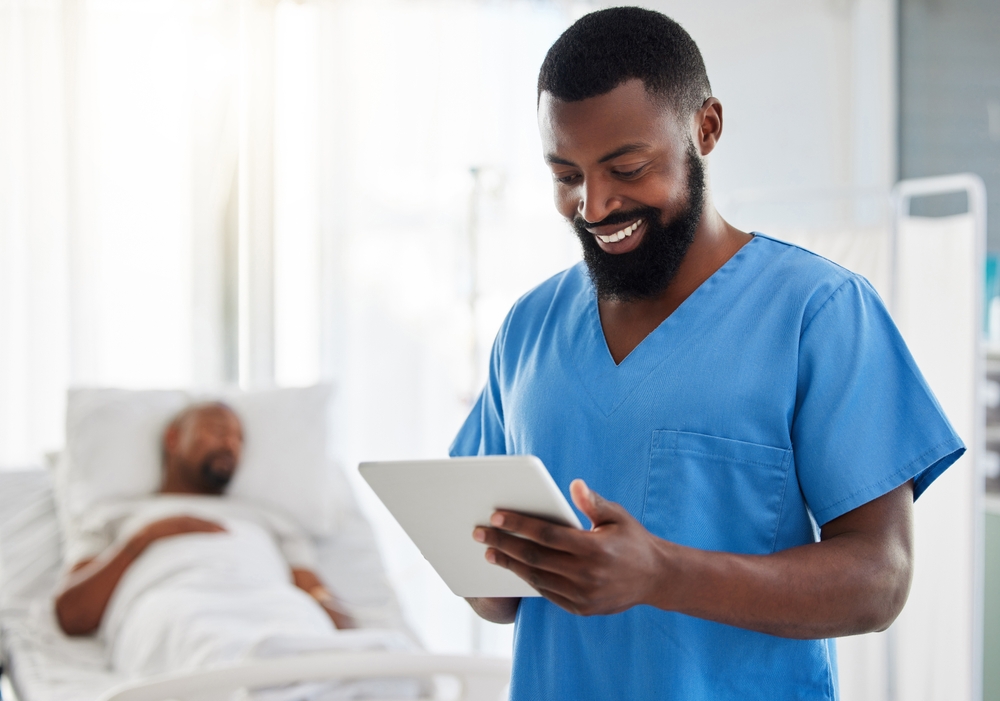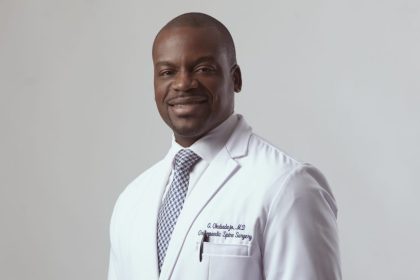Public awareness of health emergencies has never been more critical. The ability to recognize warning signs and act quickly can mean the difference between life and death. As medical advancements continue, the emphasis is shifting toward early detection and immediate intervention to improve outcomes.
Many medical conditions require rapid response, and without public awareness, individuals may not recognize symptoms in time. This is especially true for neurological issues, cardiac events, and severe infections, where minutes can determine survival and recovery. Educating people about the signs of emergencies and the right response protocols is essential to reducing preventable deaths.
Recognizing critical warning signs
Understanding key symptoms of medical emergencies allows individuals to take prompt action. While some symptoms are mild and resolve on their own, others signal an immediate health threat.
Neurological symptoms that require urgent care
Sudden changes in neurological function should never be ignored. Signs of serious conditions, such as strokes or brain injuries, often include:
- Unexpected weakness or numbness, especially on one side of the body
- Confusion, difficulty speaking, or slurred speech
- Vision changes, such as sudden blurriness or double vision
- Severe headache, unlike any experienced before
- Loss of balance, dizziness, or difficulty walking
These symptoms demand immediate medical evaluation, as early intervention significantly improves outcomes.
Physical signs that indicate medical emergencies
Some emergencies present visible physical changes that require immediate attention. Individuals should be aware of:
- Sudden difficulty walking or maintaining balance
- Severe chest pain, which may signal a heart attack
- Shortness of breath or difficulty breathing
- Unexplained swelling, especially in the legs
- Persistent vomiting or inability to stay hydrated
Ignoring these warning signs can lead to serious complications, making rapid medical assessment crucial.
How to respond effectively in a medical emergency
Knowing what to do when faced with a medical emergency can prevent delays in treatment. While individual cases may vary, certain response strategies apply to most situations.
Assessing the situation
Before taking action, it is essential to evaluate symptoms carefully. Some emergencies require immediate professional intervention, while others may be managed with first aid before help arrives. Individuals should remain calm and determine whether the person is conscious, breathing, and able to respond.
Calling emergency services
If symptoms suggest a serious health threat, contacting emergency services is the best course of action. Providing clear details about symptoms, medical history, and any recent changes can help responders assess the severity of the situation and prepare for treatment upon arrival.
Providing basic first aid
While waiting for emergency services, basic first aid can make a difference. For example:
- If someone is unconscious but breathing, placing them in a recovery position can prevent choking
- In cases of severe bleeding, applying pressure can slow blood loss
- For individuals experiencing seizures, ensuring they are in a safe position can prevent injuries
Quick intervention can stabilize a person’s condition until professional care is available.
The role of public education in emergency response
Raising awareness about health emergencies is essential to reducing fatalities and complications. Public education efforts focus on teaching individuals how to recognize warning signs and take appropriate action.
Improving knowledge of warning signs
Many people are unaware of how serious some symptoms can be. Campaigns that highlight the importance of early medical intervention help prevent unnecessary delays in treatment. Schools, workplaces, and community centers can play a role in spreading this knowledge.
Encouraging proactive healthcare access
Delays in seeking medical help often stem from uncertainty about whether symptoms warrant emergency care. By promoting better understanding of urgent symptoms, more individuals will feel confident in making the right decisions during health crises.
Strengthening community response efforts
Communities with strong health awareness are better equipped to handle emergencies. Training programs that teach CPR, first aid, and symptom recognition empower individuals to assist others in critical situations.
The future of emergency health awareness
Advancements in technology and medical research continue to enhance emergency response strategies. Public health initiatives are evolving to reach more people and improve access to vital information.
Technology-driven solutions
Smartphone apps, wearable health monitors, and AI-powered diagnostic tools are helping individuals detect warning signs earlier than ever before. These innovations provide real-time alerts, guiding users on when to seek medical attention.
Data-driven emergency planning
By analyzing emergency response patterns, healthcare providers can identify areas where awareness efforts need improvement. This approach allows for more targeted education and resource distribution.
Continuous updates to awareness programs
Medical guidelines and best practices change over time, making it necessary to update public education initiatives regularly. Governments, healthcare organizations, and advocacy groups must ensure that communities remain informed about the latest developments in emergency care.
Health emergency awareness is not just a medical issue; it is a societal responsibility. By recognizing symptoms, acting quickly, and promoting widespread education, individuals and communities can significantly reduce the impact of time-sensitive conditions. In an era of rapid medical advancements, knowledge remains the most powerful tool in saving lives.














